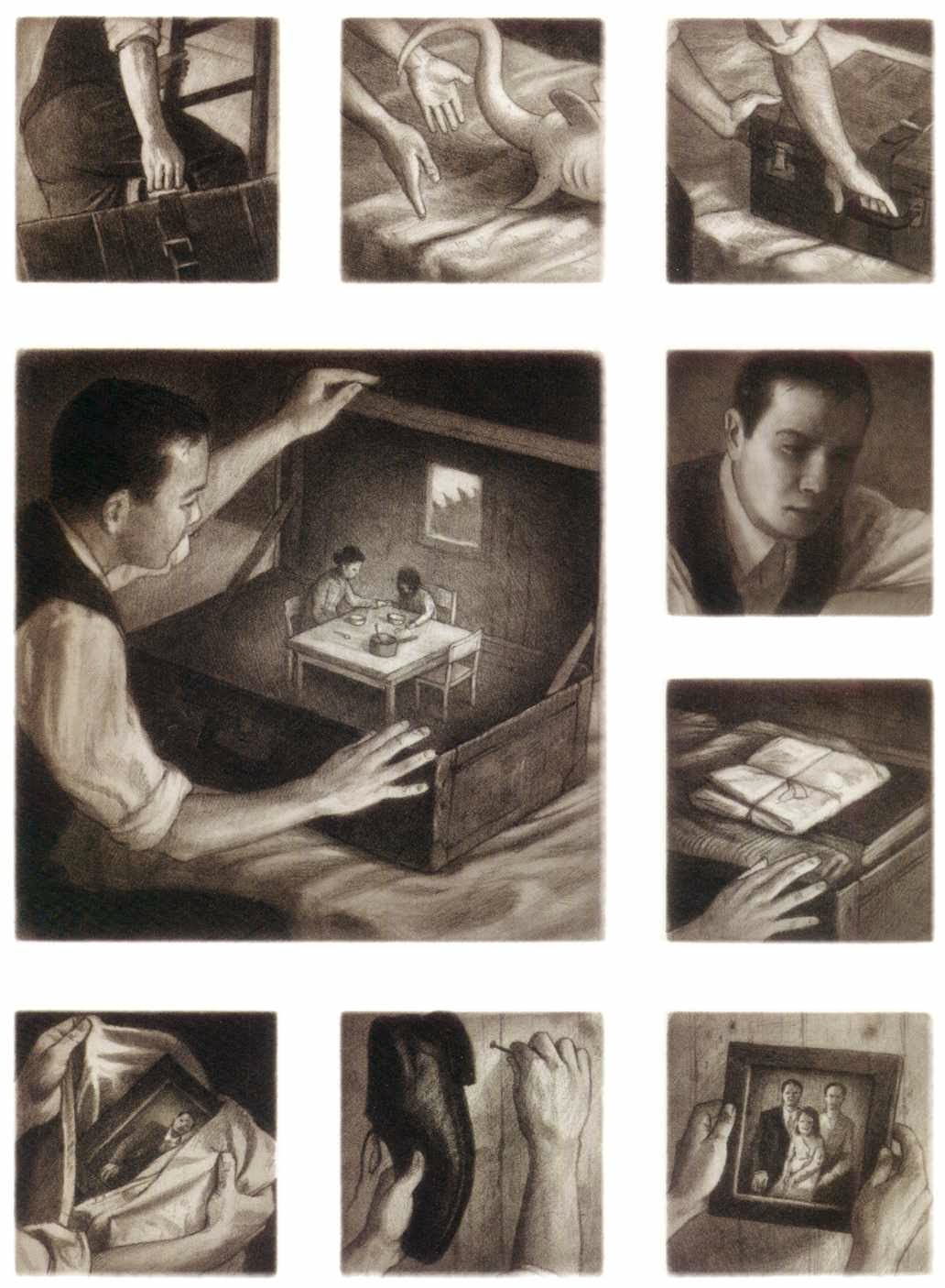To Kill a Mocking Bird
Part I
Lee, Harper. To kill a mockingbird. Philadelphia:
Lippincott, 1960.
Genre:
Challenged/Banned Books
Age: 6-8
Part II
To Kill a Mockingbird is on the challenged/banned list. Like every novel on the list, there is something that parents want to protect their child from. The issues raised in banning this book are legit. But, I feel that parents are worrying their child can't handle something that they will face in person. In my strong opinion, I think it would be better for a child to read and understand the real life issues through text then in real life. First, it is an ice breaker. Parents wont have to explain these things from the start, but instead parents can answer questions that children have. Second, students/children will face these issues, but wont be blindsided. They will know what is to come and will have the previous knowledge to deal with it. Racial slurs, profanity, and blunt dialogue about rape led to this book being banned, but these issues will come to everyone's life at some point or another. I read many banned books growing up, but my mom thought because I was reading she didn't want to take them away. What I learned opened me up as a person. I wasn't scared, insecure, or naïve. I was smart, outgoing, and brave. I want this for my future students and children. If I can, I will. Books shouldn't be banned.
Part III
To Kill a Mockingbird is very well-written. The novel won the Pulitzer Prize and is known as an American Classic. To Kill a Mockingbird deals with so many issues of real life in the thirties. It is admired by so many because of the truth behind the novel. This novel breaks down the characters and their life in a small town, the issues that were popular during the thirties, and the laws that are different from ours now. This novel tackles history is so many different ways that movies, textbooks and lectures can't. In today's world, I'm surprised people still want it out of schools.
Part IV
Grade: 6
Objective:
- To bring to life history through To Kill a Mockingbird.
- Identify the differences in todays world and the world during the 30's.
- Reflect on the most personal events through writing.
Lesson Sketch:
- Students will start To Kill a Mockingbird privately in class.
- Daily, students and teacher will fill in a venn diagram discussing the similarities in life today and life in the 30s.
- Teacher and student will discuss things that are confusing, upsetting or fun and interesting.
- Students will reflect their opinions of the book by targeting one major issue that stuck to them the most in an essay.
CA Standards:
CCSS.ELA-Literacy.RL.6.1
Cite textual evidence to support analysis of what the text says explicitly as well as inferences drawn from the text.
Cite textual evidence to support analysis of what the text says explicitly as well as inferences drawn from the text.
CCSS.ELA-Literacy.RL.6.4
Determine the meaning of words and phrases as they are used in a text, including figurative and connotative meanings; analyze the impact of a specific word choice on meaning and tone
Determine the meaning of words and phrases as they are used in a text, including figurative and connotative meanings; analyze the impact of a specific word choice on meaning and tone
CCSS.ELA-Literacy.RL.6.7
Compare and contrast the experience of reading a story, drama, or poem to listening to or viewing an audio, video, or live version of the text, including contrasting what they "see" and "hear" when reading the text to what they perceive when they listen or watch.
Compare and contrast the experience of reading a story, drama, or poem to listening to or viewing an audio, video, or live version of the text, including contrasting what they "see" and "hear" when reading the text to what they perceive when they listen or watch.
Outside Sources:
http://www.neabigread.org/books/mockingbird/ -Insight for the teacher and reader.
http://www.loc.gov/teachers/classroommaterials/lessons/mockingbird/ -Historical perspective from Library of Congress
http://www.nytimes.com/learning/issues_in_depth/Mockingbird.html -New York Times learning network, lesson ideas.












